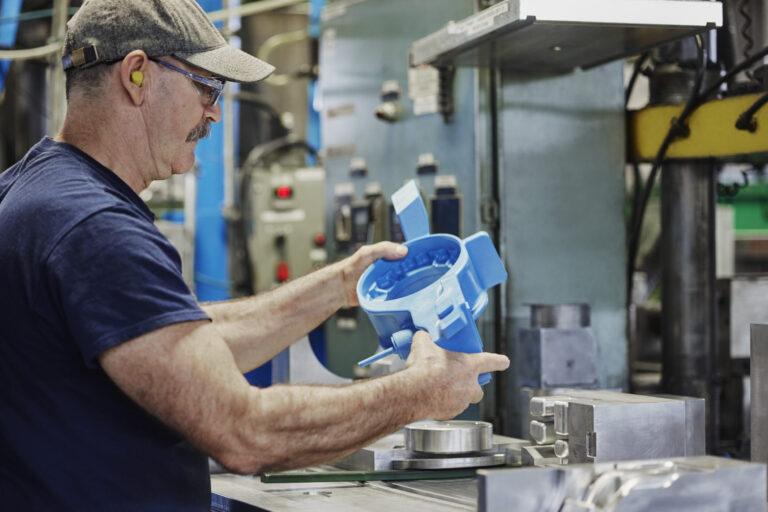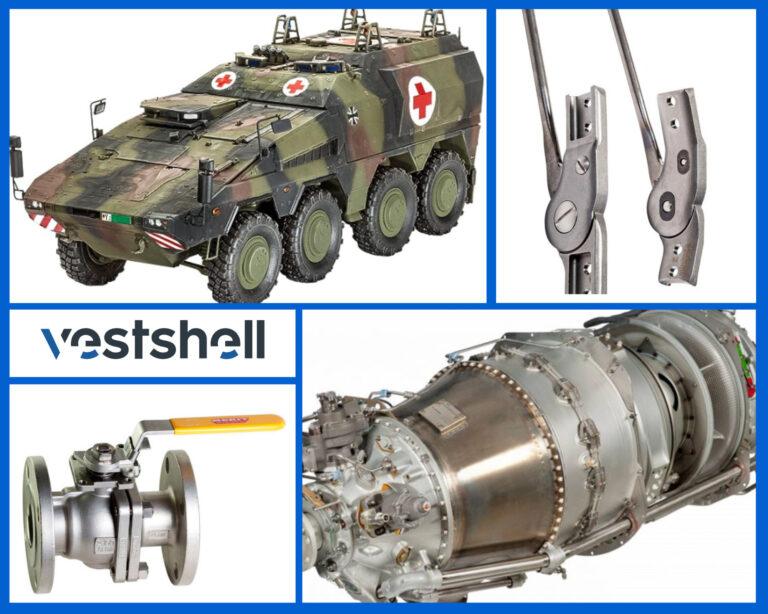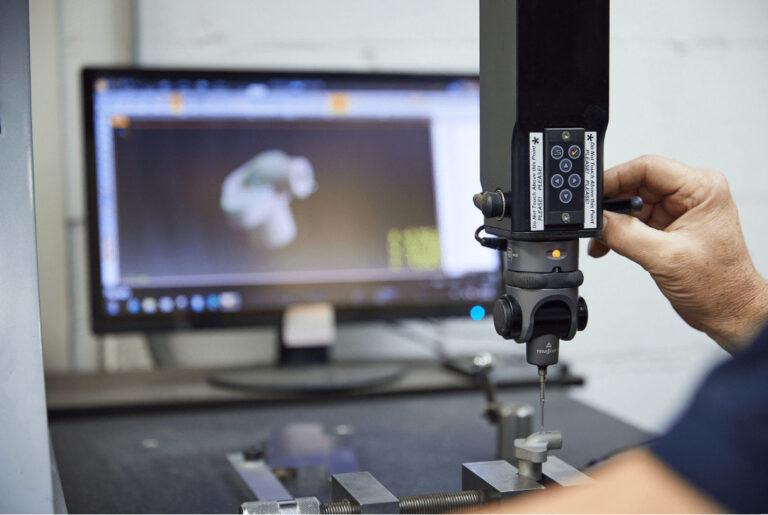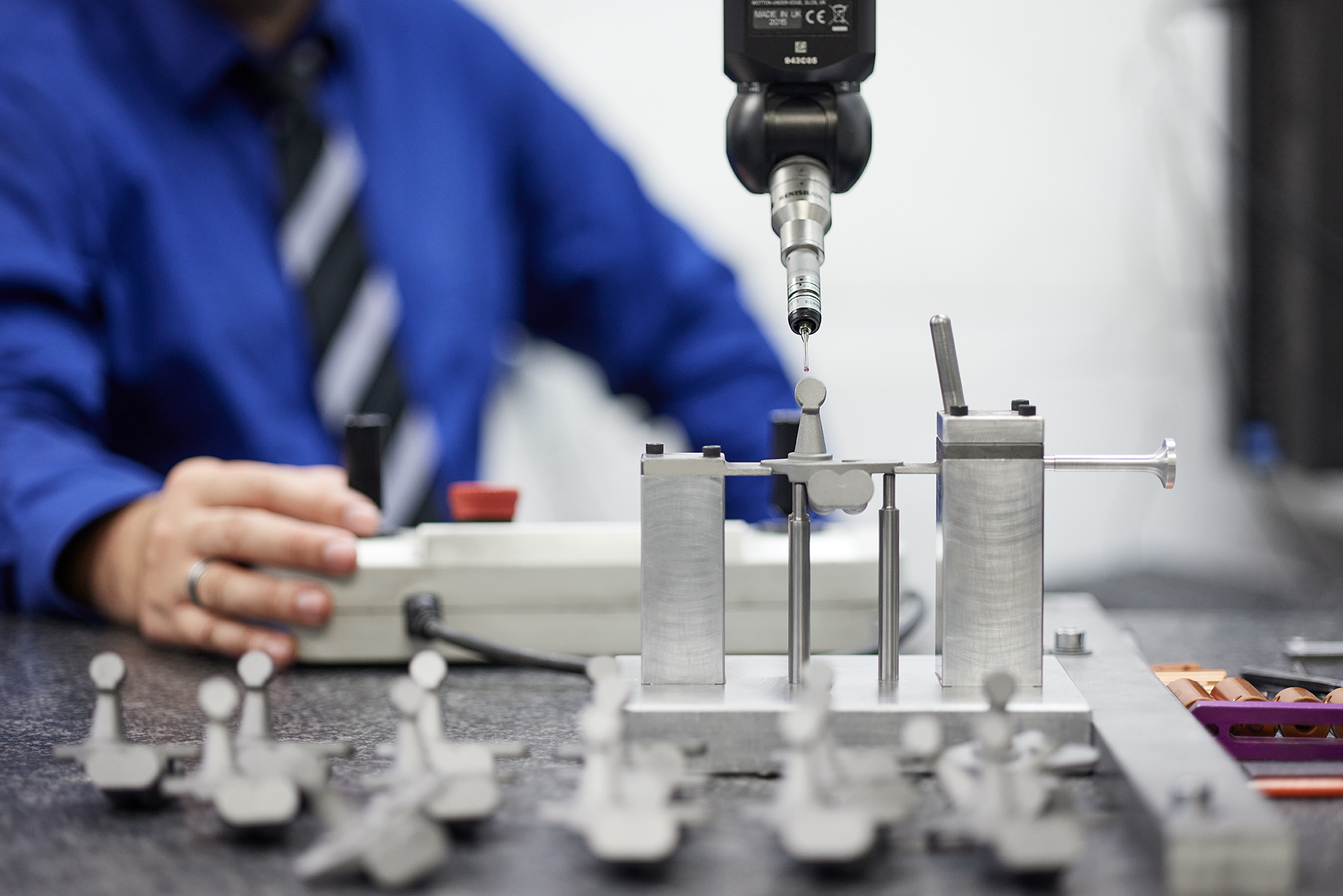Investment casting stands out as a versatile and high-precision manufacturing method, cherished for its capacity to deliver intricate components with exceptional quality. Nonetheless, it’s not uncommon for individuals to question the seemingly higher cost associated with investment casting compared to alternative manufacturing processes.
Here, we aim to delve into the intricacies of investment casting, shedding light on its numerous advantages that justify the upfront costs and emphasizing how this method can yield significant long-term savings for your manufacturing needs.
What Leads to Higher Costs in Investment Casting?
Several factors can lead to increased costs in investment casting, and comprehending these vital components is crucial for cost control in this precise manufacturing process.
Precision and accuracy : Investment casting demands a high level of precision and tight tolerances. The molds used in this process must be carefully crafted to ensure that each part produced meets the required specifications. As a result, mold design and manufacturing become more complex, which can lead to increased costs.
Usage of high-quality materials : Investment casting demands the use of top-notch materials, like specific metal alloys, to produce high-quality parts. As compared to other manufacturing methods, these materials are more expensive and can impact the overall cost of the process.
Part complexity : Investment casting is frequently preferred to produce complex parts, which can lead to higher costs. Other manufacturing methods can produce parts with simpler geometries at a lower cost.
Specialized Expertise: Investment casting requires a considerable level of proficiency and knowledge from operators and technicians. The salaries for these professionals are generally higher, which adds to the overall cost of the process.
Quality Assurance: Given the significance of accuracy in investment casting, stringent quality control is critical. This necessitates that each part undergoes inspection and testing to guarantee that it satisfies the specified tolerances. The cost of these quality control procedures is incorporated into the overall price.
How can you save money?
Apart from its capability to produce intricate components, investment casting also offers a primary benefit to companies: it enables significant cost savings in production.
- Increased Durability: Parts made by investment casting are often more durable and resistant to wear, extending their lifespan. This saves businesses on the costs of frequent replacement of parts.
- Optimized Design: Investment casting allows for the production of intricate parts with geometries that are difficult to obtain through other methods. This enables engineers to design lighter and more efficient parts, resulting in lower material costs.
- Reduced labor costs: Since investment casting is a highly automated process, it requires less labor than other manufacturing methods. This reduces labor costs, while maintaining high quality.
- Decreased Downtime: Since investment casting produces highly precise parts, there is less equipment downtime caused by compatibility issues or faulty parts. This leads to more consistent production and prevents revenue losses due to shutdowns.
The Cost-Saving Opportunities
In summary, the seemingly higher upfront cost of investment casting is often outweighed by the numerous cost-saving opportunities it presents. These include waste reduction, lower secondary processing requirements, material efficiency, enhanced component longevity, and improved overall product performance.
By factoring in these long-term benefits, investment casting becomes a strategic and cost-effective choice for manufacturing intricate and high-quality components.
Similar articles



Investment casting creates a prototype of flawless quality
Prototyping steel and other metal alloys parts using the investment casting process is a rigorous process for high-tech industries, such as the defence…
